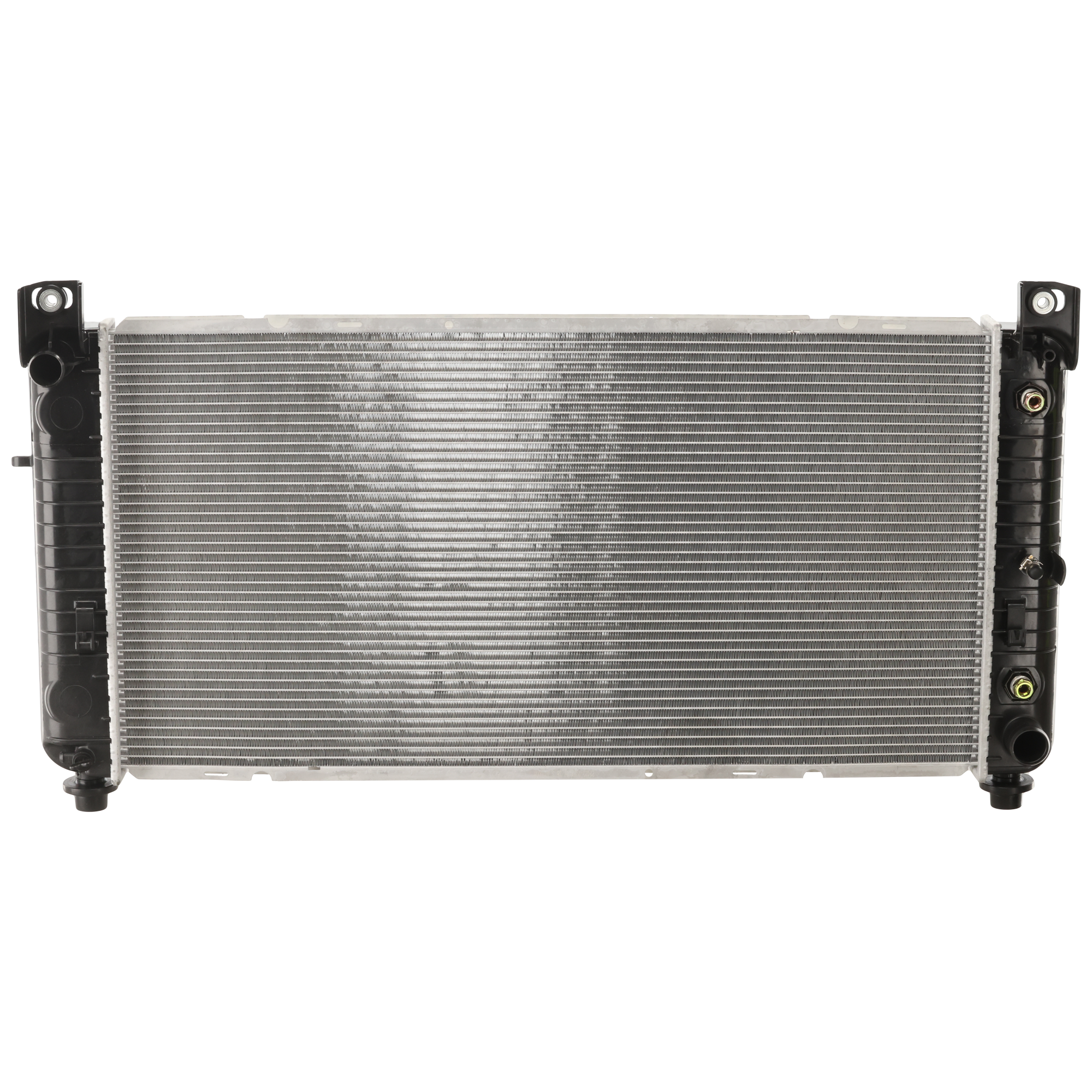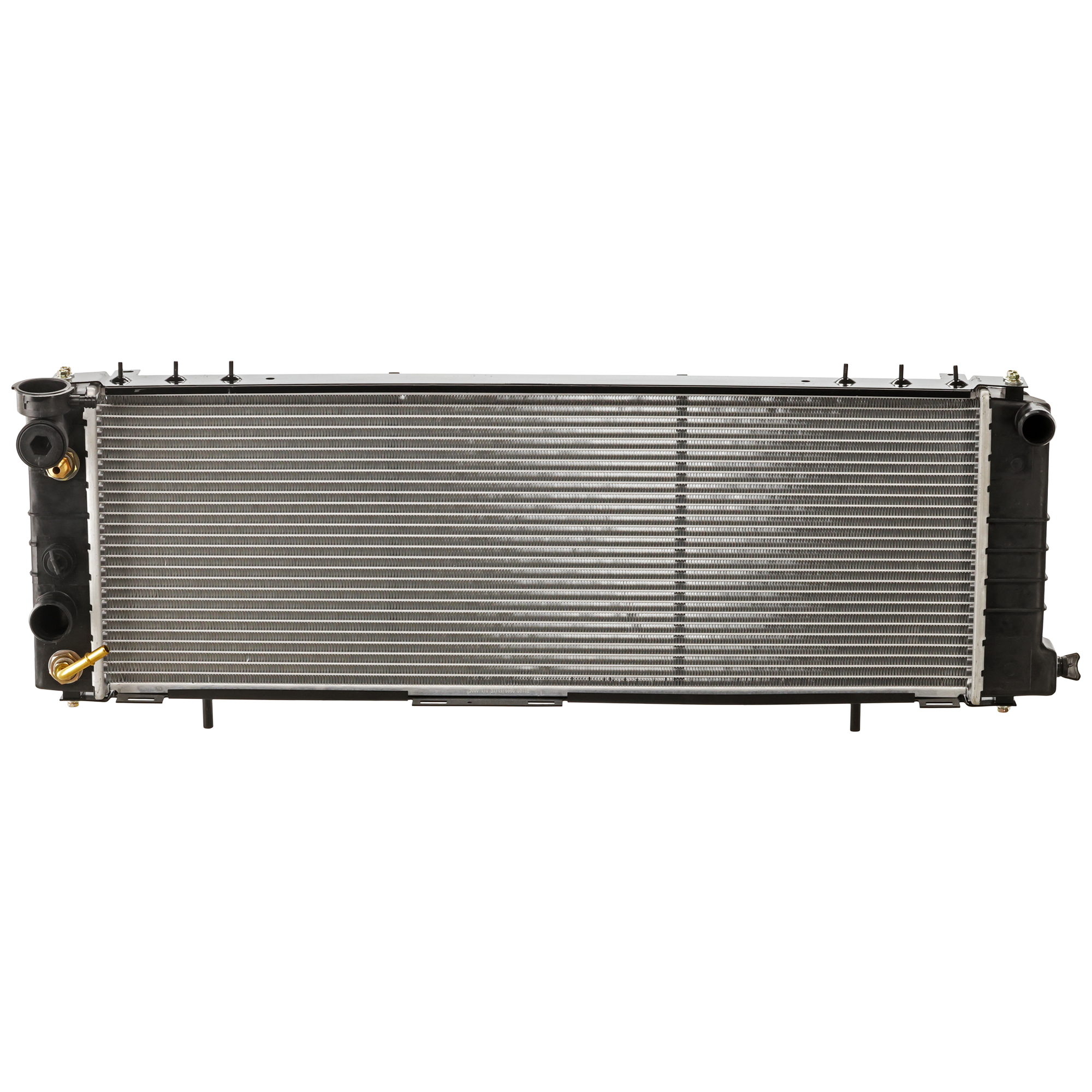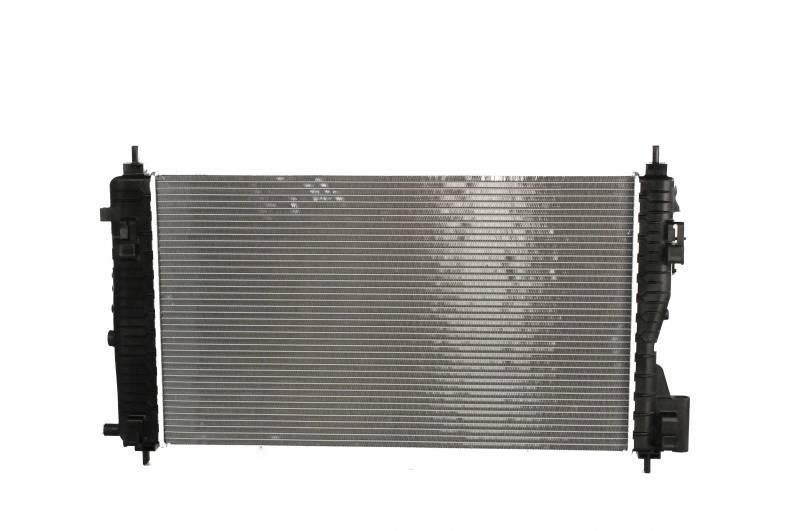Your car’s engine produces a lot of heat as it burns fuel and air during the combustion process. This heat must be removed through a heat exchanger in order to prevent overheating and eventual engine failure.
The main heat exchanger in your car is the radiator. The coolant moves through the engine to absorb heat, then travels through the radiator. The cool air that flows through the radiator as you drive helps remove the heat from the coolant.
Under certain conditions, such as when your vehicle is idling, the radiator fan works to ensure adequate airflow and safe operating temperatures.
How Hot Does a Radiator Get?
Since it is a heat exchanger, the engine’s radiator naturally gets hot, especially after a bit of driving. But how hot does it actually get?

A typical engine operates at around 195-220 degrees Fahrenheit or 91-104 degrees Celsius when warmed up. The radiator helps to keep the engine from overheating using a liquid coolant that’s a mixture of 50% water and 50% antifreeze.
Now, you may also be wondering how hot a car radiator can get when a car overheats. In most cases, if the temperature goes above 220 degrees Fahrenheit or 93 degrees Celsius, the car is considered to be overheating.
That being said, some vehicle platforms won’t even turn on their radiator cooling fans until the coolant reaches about 230 degrees F, so one size doesn’t fit all on these temperature ranges. It is true that if the coolant reaches 240F, it’s too hot, and if it reaches 260F, engine damage will almost always be the case.
Some Ford vehicles have a “Triton” system that shuts off every other cylinder if the cylinder head temperature gets too high so that the “dead” cylinders are simply pumping air to keep the engine as cool as possible. Some platforms employ algorithms in their engine controls which will also enrich the air/fuel mixture to cool the engine somewhat.
To learn more about the purpose of a radiator in a vehicle, you can read our discussion about heat exchangers.
What Causes a Radiator to Fail?
Overheating is both a cause and effect of a failing radiator. A defective radiator can’t manage heat properly, and it can burst when the engine overheats. However, overheating is not the only cause of radiator failure.

Car radiators can also be compromised by:
Wear From Time, Miles, or Use
While radiators don’t have a set lifespan, most automotive experts surmise that they can last for at least 8-10 years when properly maintained. Time, miles, and use naturally diminish their functionality.
Metal radiators, which are common in older models, can last the lifespan of the car. Radiators that are mostly made of plastic, on the other hand, are prone to cracking a decade or so into their service. This is because plastic contracts and expands as the radiator cools and heats. Thus, it’s wise to replace a plastic-and-aluminum radiator at about 100,000 miles if you don’t want an unpleasant surprise. That’s an average figure. Vehicles that don’t run as hot or have more robust radiators may not need a radiator replacement, but if the radiator fails catastrophically it can destroy the engine.
Inadequate or Lack of Cooling System Maintenance
Proper upkeep of your cooling system is critical in maintaining your radiator. Failing to change your coolant when necessary, for instance, will increase the risk of internal corrosion. Meanwhile, not employing the correct coolant concentration when you drive through hot or cold weather can compromise your radiator’s ability to handle extreme temperatures. And once a cooling system begins to fill with rust and corrosion from improper service intervals or not enough coolant in the mix, that corrosion is very difficult to get rid of.

Buildup on the Exterior of the Radiator
The exterior of your radiator is susceptible to buildup from road grime and/or plant matter (like on farm vehicles) that will pass right through the A/C condenser and clog the radiator, which will cause overheating. And you might not even be able to see the clogging without actually removing the radiator, because of the way the condenser is mounted.
Damage From Road Debris
Rocks, dirt, ice, and other road debris can dent your radiator. The impact damage can accumulate, which can affect the radiator’s efficiency and cause the engine to overheat.
Road salt also poses a danger to your radiator, as it can erode the component and cause leakage. Road debris can also lodge inside or outside the component, resulting in a clogged radiator.
Faulty Radiator Cap
A defective radiator cap can compromise the water pressure inside the radiator. This can derail the radiator’s ability to sustain a consistent temperature, which can lead to issues in the component and the engine.
Proper Radiator Maintenance
To avoid instances of overheating while on the road, it’s important to take proper care of your radiator to keep it running at full efficiency.

Here are some of the things you can do to keep your radiator in good shape:
Ensure that the Coolant Level is Full at All Times
Not only will this ensure that your radiator stays in top condition, but it will also help you identify leaks that can result in overheating early.
Common signs that your coolant reservoir has a leak include a cooling system that tends to run too hot, a radiator cap that can’t hold pressure, and a significant coolant loss in a relatively short amount of time.
Check the Strength of the Coolant
Make sure the concentration of the coolant’s antifreeze provides sufficient freezing and boiling protection against the weather. Use chemical test strips to determine the concentration and condition of the coolant.
If the strength is low, increase the concentration of antifreeze in the coolant to lower its freezing point and raise its boiling point. Just make sure the antifreeze’s concentration doesn’t exceed 65% to 70% of the mixture—otherwise, you’ll lower the coolant’s ability to handle heat and raise the risk of overheating in hot weather. Also note that pure coolant turns to gel at 8 below zero F.
The most efficient and effective mixture is 50% water and 50% coolant. This will ensure that your radiator can keep up with the heat that your engine produces.
Examine the Coolant’s Condition
Time and heat can drain the protective additives of the antifreeze, which increases the risk of internal corrosion in the system. To counter this, you must recycle, treat, or replace the coolant regularly.
Determine the amount of reserve alkalinity (which mitigates corrosion) left in the coolant using a chemical test strip. Compare the color the strip changes into upon contact with the coolant against a reference chart. If the results are bad or borderline bad, rejuvenate your coolant immediately.

How often you need to refresh your coolant varies depending on your type of coolant. If your coolant works with long-life antifreeze, you’ll only need to rejuvenate it every 150,000 miles or five years. If your system is filled with “conventional” yellow and green coolants, you’ll need to renew its coolant every 30,000 miles or two years.
Finally, if your system runs on long-life antifreeze that has been topped off with ordinary antifreeze, expect its service interval to be shorter than five years. Keep these in mind when you check your coolant’s condition.
Perform a Cooling System Service (Coolant Flush)
You can determine how often the service needs to be performed by consulting the maintenance schedule in your owner’s manual. If the coolant is not replaced periodically, it will become corrosive and start to eat away at metal components, such as the radiator.
Is it Safe to Drive with a Faulty Radiator?
To put it simply, the answer is no. It’s never safe to drive around with a faulty radiator. Without a working cooling system in your car, overheating will be inevitable. And overheating can lead to catastrophic engine damage.
The Radiator as a Heat Exchanger
Heat travels in three ways: radiation, conduction, and convection. Radiation is heat that passes through the air (like from sunlight or a heater) and can be felt. Conduction is when heat is transferred from a hotter to a colder object through contact. Convection is when heat that has been absorbed is carried away by air or fluid.
A heat exchanger uses convection and conduction to transfer heat from tubes to fins to the surrounding air. The A/C condenser (in front of the radiator) is a heat exchanger, as is the evaporator, which is also part of the A/C system.
By design, the refrigerant evaporates in the evaporator (absorbing heat from the air that blows out of your dash registers), and the refrigerant passes on to the compressor, where it is converted to a high pressure gas that then condenses back to a liquid in the condenser before returning through a metering device to the evaporator to absorb more heat from the air inside the car. It’s easy to understand why the evaporator and the condenser are thus named.
A vehicle radiator is also a heat exchanger that is designed to convey engine heat from parts of the engine exposed to combustion to the outside air, where the heat is dissipated. The coolant is steadily pumped through the cooling jackets on the engine, all the while absorbing combustion heat from the external surfaces of the cylinder head and the cylinder walls.
When the engine is first started and the cooling system thermostat is closed, most engine platforms are structured so that the coolant will bypass the radiator and the coolant pump will move the coolant through the heater core until the coolant gets warm enough (usually about 195 degrees F) to open the thermostat; at which point, it then passes through the tubes in the radiator so that the heat can be absorbed into the radiator fins, which are exposed to airflow, either from the vehicle traveling through the air or from a belt or electrically driven fan that pulls air through the radiator.
The radiator cap is designed to keep the cooling system under pressure to keep corrosive oxygen out and raise the boiling point of the coolant.
Radiator Repair vs. Replacement
While a vehicle can run without a radiator for short periods, it’s sure to overheat over time if the radiator is faulty or inoperative, which can lead to bad engine damage. The question is, is repairing a radiator worth it, or should you request your mechanic replace the whole thing?
The truth is, it depends on how damaged the radiator is. If it’s suffering from a clogged core or a minor leak, repairing the radiator can save you money and keep the radiator operating adequately. However, if the radiator shows signs of extreme corrosion or damage, your vehicle will require a full radiator replacement for proper engine cooling.
DIY pros should be able to tackle a radiator replacement. It’ll take maybe two to three hours for repair-savvy individuals. For less experienced DIYers though, it can take about half a day or more. At that point, it might be best to bring your vehicle to an auto repair shop.
Where to Get a New Radiator for Your Vehicle
Your radiator can only take so much heat. Poor maintenance and other factors will eventually cause various issues, resulting in an overheated engine. If you have a failing radiator, make sure to replace it right away to prevent costly repairs.
Here at CarParts.com, you can find a direct-fit radiator for your vehicle with only a few clicks. Simply enter your ride’s year, make, and model into our vehicle selector to view compatible radiators. Then, use our search filters to check out the ones that match your preferred brand, price, and features.
Choose from a wide range of heavy-duty radiators made from precision-engineered materials. All our products passed strict quality checks from industry professionals, so you’re sure to get a radiator that’s built to last.
Thanks to our strategically located warehouses across the US, you can get your order delivered straight to your doorstep in as fast as two business days. And because we want you to get the best value for your money, all our products also come with a lifetime replacement and low-price guarantee.
If you have questions, you can call us anytime using our toll-free hotline, and our team of round-the-clock customer service representatives will be ready to assist you.
Check out our products today!
Products Mentioned in this Guide
Shop this Project



Any information provided on this Website is for informational purposes only and is not intended to replace consultation with a professional mechanic. The accuracy and timeliness of the information may change from the time of publication.


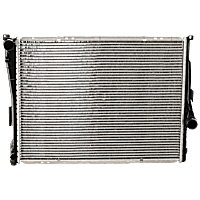 Radiator
Radiator
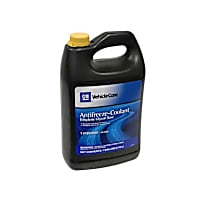 Coolant/Antifreeze
Coolant/Antifreeze
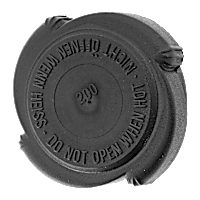 Radiator Cap
Radiator Cap
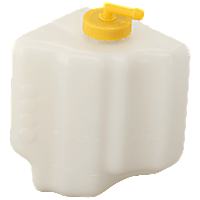 Coolant Reservoir
Coolant Reservoir
